In today’s world, our smartphones and gadgets have evolved into relentless demands for our attention and utility. Yet, there’s one cruel, persistent irony: the “low battery” notification. As we teeter on the edge of powerlessness, the siren call of fast charging emerges, promising salvation—but at what cost? Here’s the unvarnished truth about fast charging and what it really means for your devices.
What Is Fast Charging? A Deceptively Simple Concept
At its core, fast charging is a speed game. The premise is straightforward: shove more power into your device’s battery at breakneck speed. The magic happens when power output (measured in watts, or “W”) is increased beyond the paltry 2.5W of a standard USB port. With the right charger, we’re talking a leap to 15W, 50W, or even a blistering 100W. But don’t be fooled—this is no simple power surge.
Fast charging is a calculated interplay of voltage (the electrical force, in volts or “V”) and current (the flow rate of electricity, in amperes or “A”). Multiply these two, and you get the wattage: the supposed measure of your device's charging speed. For instance, a 3A/5V system delivers 15W of power. But as you might suspect, more power equals more heat, and therein lies the catch.

The Hidden Mechanism: How Fast Charging Actually Works
Fast charging doesn’t just dump electricity into your device indiscriminately. Oh no, it’s much cleverer (and more sinister) than that. The process unfolds in three stages, each fine-tuned to extract every last bit of efficiency—while tempting your battery to overheat and degrade prematurely.
Stage 1: Constant Current
During this initial phase, the charger aggressively pushes power into your device. Voltage ramps up to its peak while the current remains steady. This is when you see those impressive marketing claims: “50% charge in 30 minutes!”—but only if the stars align perfectly with your charging setup.
Stage 2: Saturation
Here, the voltage stays high, but the current drops. Charging slows significantly, with your device playing it safe to prevent overheating. Conveniently, this is where manufacturers gloss over the details, leaving you wondering why that second half of your charge takes twice as long.
Stage 3: Trickle Charging
This final stage is an exercise in patience. Your device ekes out small bursts of power to top off the battery or maintain it at full capacity. It’s deliberate, but maddeningly slow—a stark contrast to the whirlwind start.
The Silent Threat: Does Fast Charging Ruin Your Battery?
Here’s the dirty little secret: fast charging and heat are inseparable companions. While manufacturers insist their devices are smart enough to handle it, the reality is more nuanced. Heat is the enemy of lithium-ion batteries, causing chemical reactions that degrade capacity over time. So, while your phone might “survive” fast charging, its battery health may quietly wither in the background.
What’s worse? The safeguards built into devices—like throttling the charging speed or cutting off power—are often reactive rather than proactive. Sure, your phone might shut down fast charging if it gets too hot, but by then, the damage may already be done.

Identifying a Real Fast Charging Cable (Because Not All Are Equal)
Think you can just grab any USB-C cable and call it a day? Think again. Fast charging requires a coordinated effort between the cable and the AC adapter, or “charging brick.” Without both being compatible, your dream of a lightning-fast charge is dead on arrival.
Here’s what to look for:
- Labels and Specs: Look for terms like “Quick Charge,” “Adaptive Fast Charging,” or “USB PD” (Power Delivery). These buzzwords are your ticket to identifying the real deal.
- Thickness: Fast charging cables tend to be thicker. While not foolproof, it’s often a telltale sign of higher power capabilities.
- Device Compatibility: Not every cable works universally. Stick to manufacturer-recommended accessories to avoid disappointment—or worse, device damage.

The Arsenal of Fast Charging Devices: Choose Wisely
If you’re ready to embrace the chaos of fast charging, you’ll need the right tools. Here’s a rundown of the most common types and their quirks:
1. Fast Charging Power Banks
Portable and versatile, these are lifesavers when you’re on the move. Look for power banks with high wattage outputs and multiple ports, like a 65W USB-C and 30W USB-A combo.
2. Fast Charging Power Strips
For multi-device households, power strips with dynamic power allocation are a godsend. They distribute electricity intelligently, ensuring your gadgets charge efficiently without overloading circuits.
3. Car Chargers
Fast car chargers are the road warrior’s best friend. Premium models offer dual USB-C and USB-A outputs, capable of charging a laptop and a phone simultaneously. Just don’t expect miracles—car power ports have their limitations.

The Verdict: Is Fast Charging Worth It?
Fast charging is a double-edged sword. On one hand, it’s a marvel of modern convenience, saving you from the agony of slow charging. On the other, it’s a relentless stress test for your battery, with long-term consequences lurking in the shadows.
Ultimately, the choice is yours. But remember: with great power comes great responsibility—or at least a hotter phone.
Diagram: The Three Stages of Fast Charging

By understanding the mechanics and trade-offs of fast charging, you can make smarter decisions for your devices—and maybe even keep that low-battery notification at bay.
Related reading:
GaN Technology: Transforming Charging with Faster and More Efficient Solutions
USB-C Power Delivery: The Ultimate Fast-Charging Guide

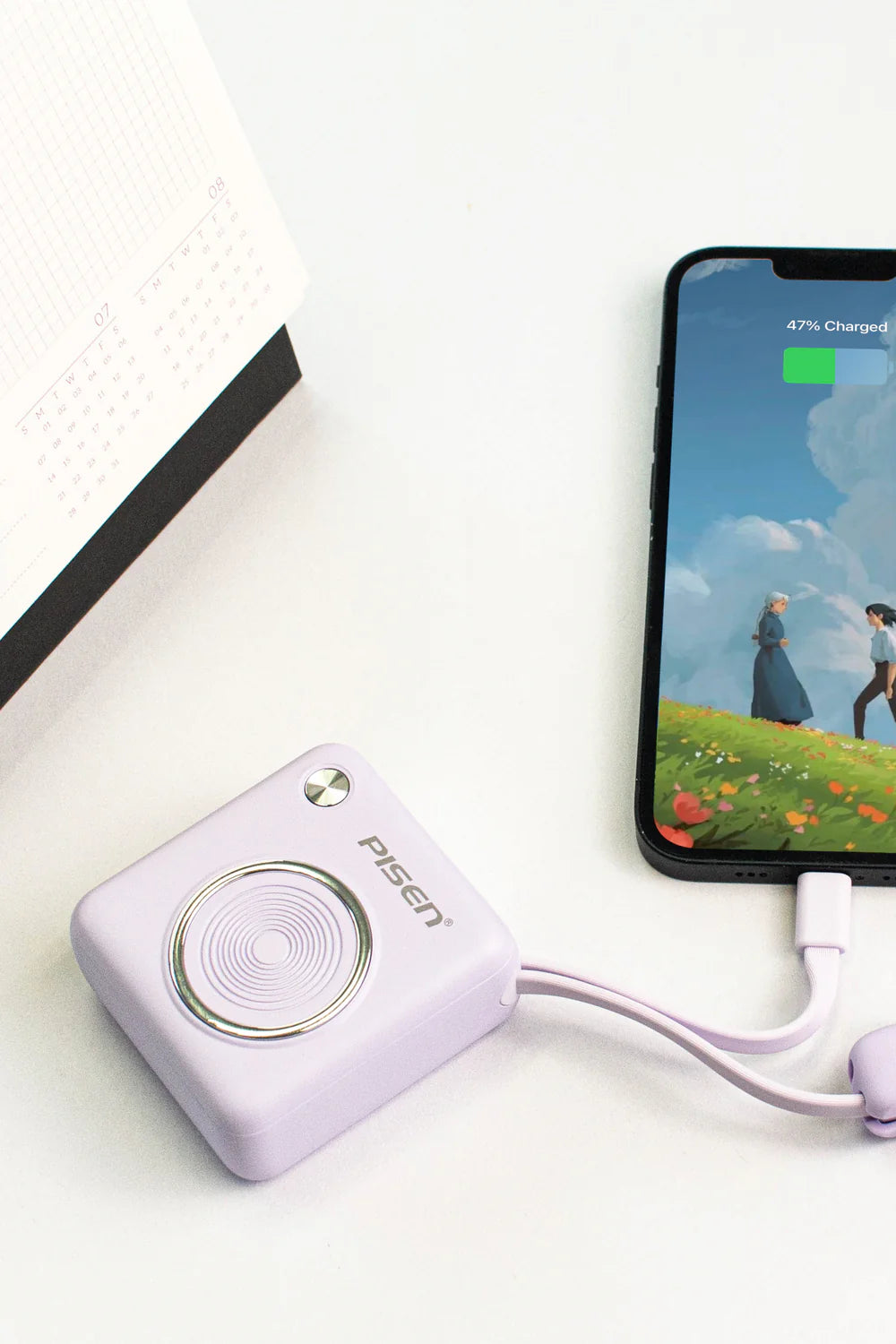
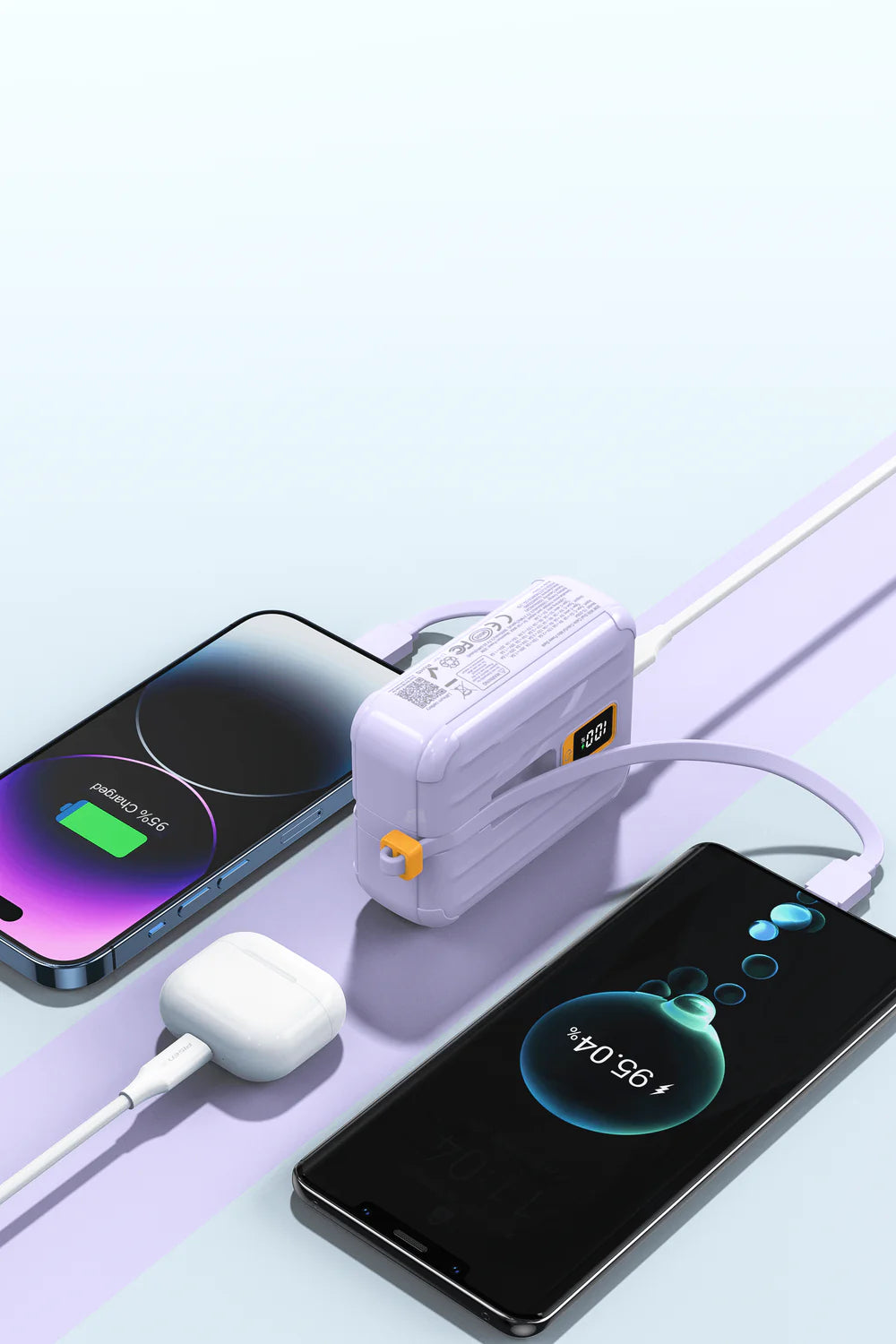
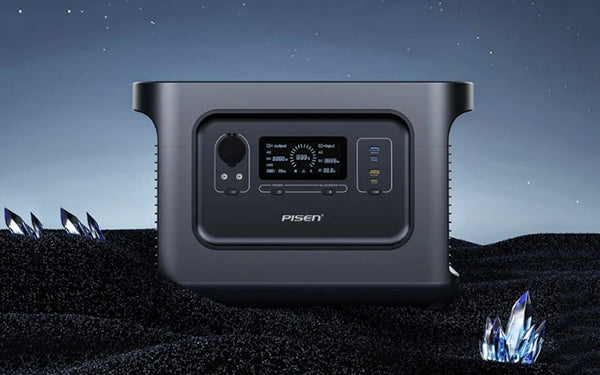
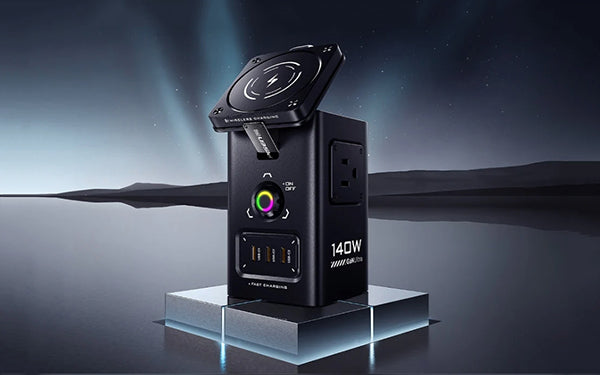
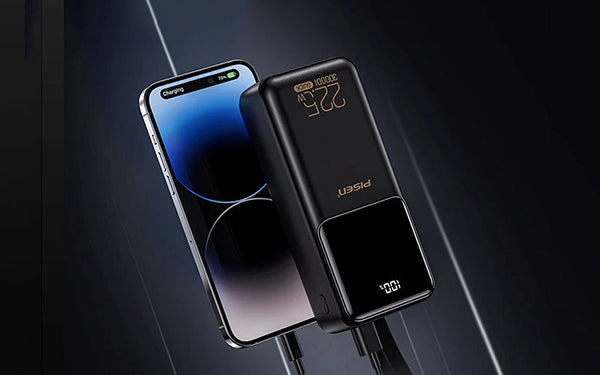
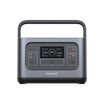
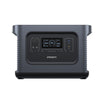

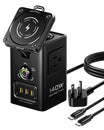
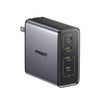
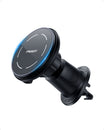
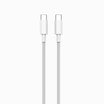
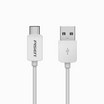
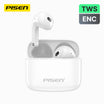
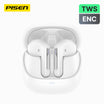
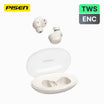
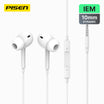

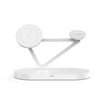
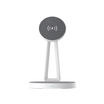
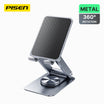
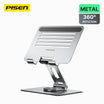
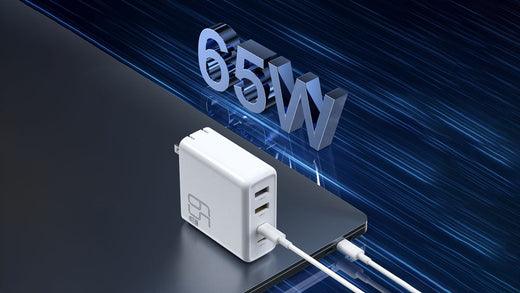
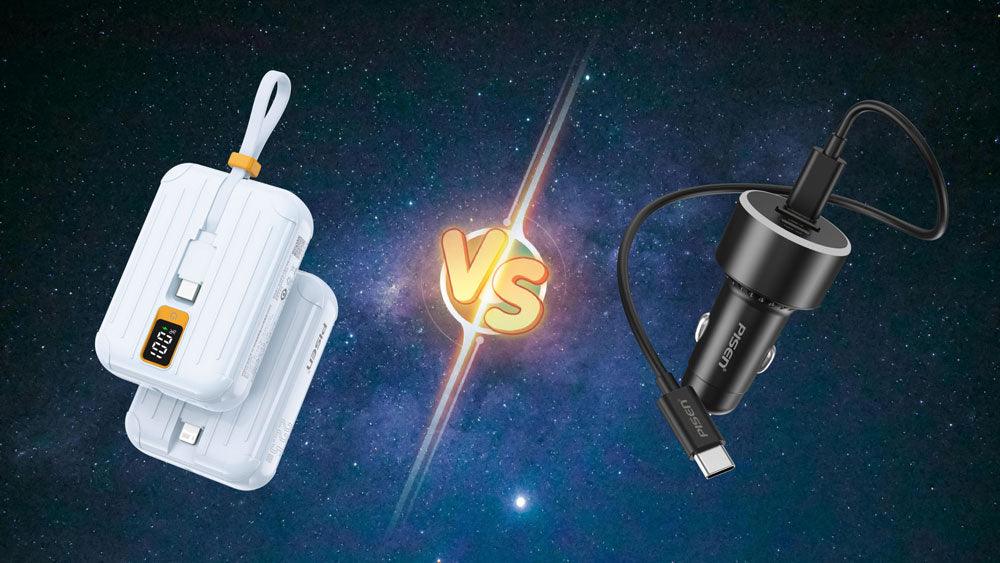
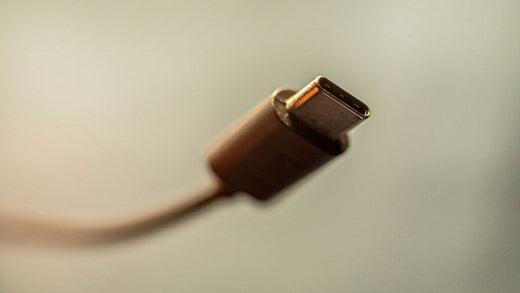
Leave a comment
This site is protected by hCaptcha and the hCaptcha Privacy Policy and Terms of Service apply.